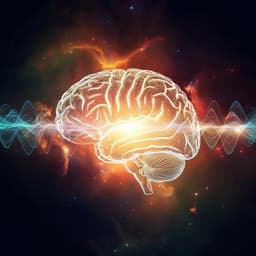
Linguistics and Languages
Language prediction mechanisms in human auditory cortex
K. J. Forseth, G. Hickok, et al.
This groundbreaking research conducted by K. J. Forseth, G. Hickok, P. S. Rollo, and N. Tandon uncovers two predictive mechanisms in the auditory cortex that enhance our understanding of speech perception and production. By revealing how distinct brain areas contribute to timing and response to acoustic stimuli, this study lays the foundation for cognitive models grounded in human neurobiology.
Playback language: English
Related Publications
Explore these studies to deepen your understanding of the subject.







